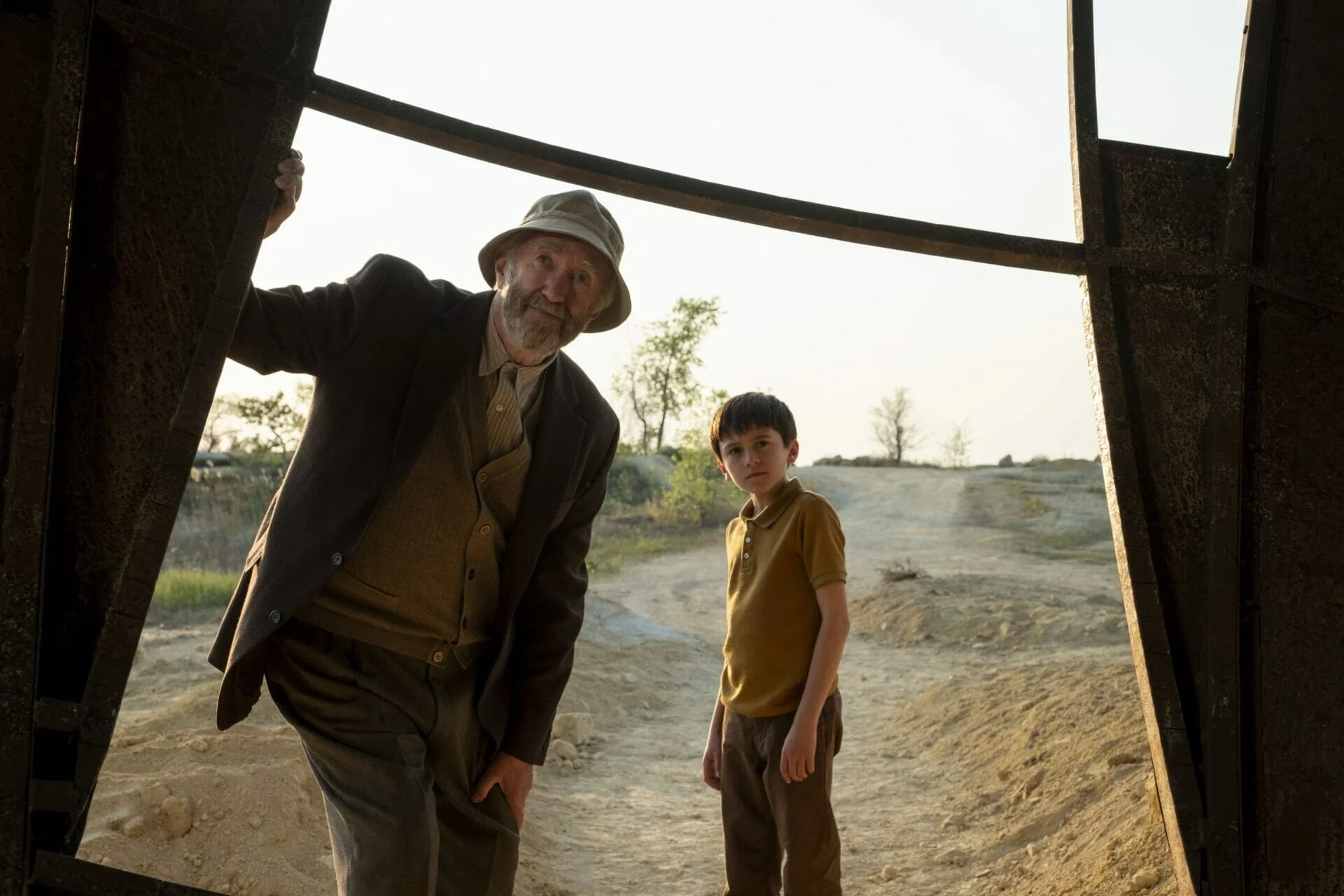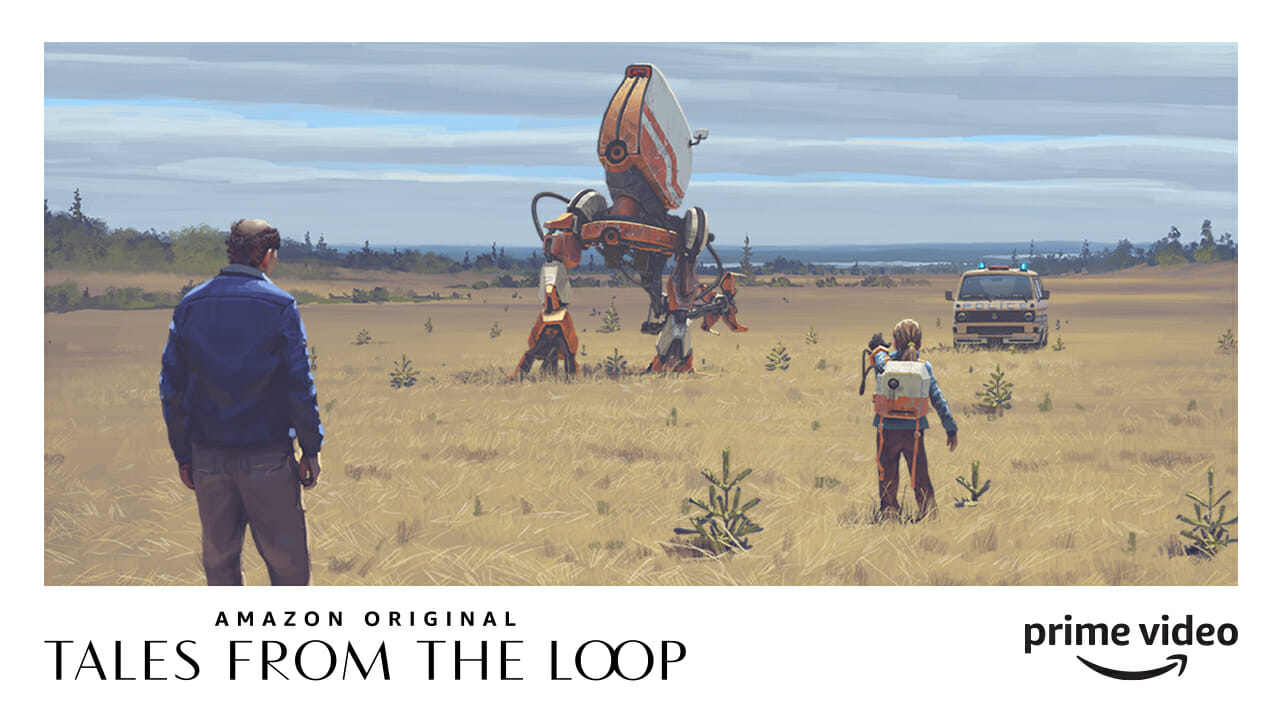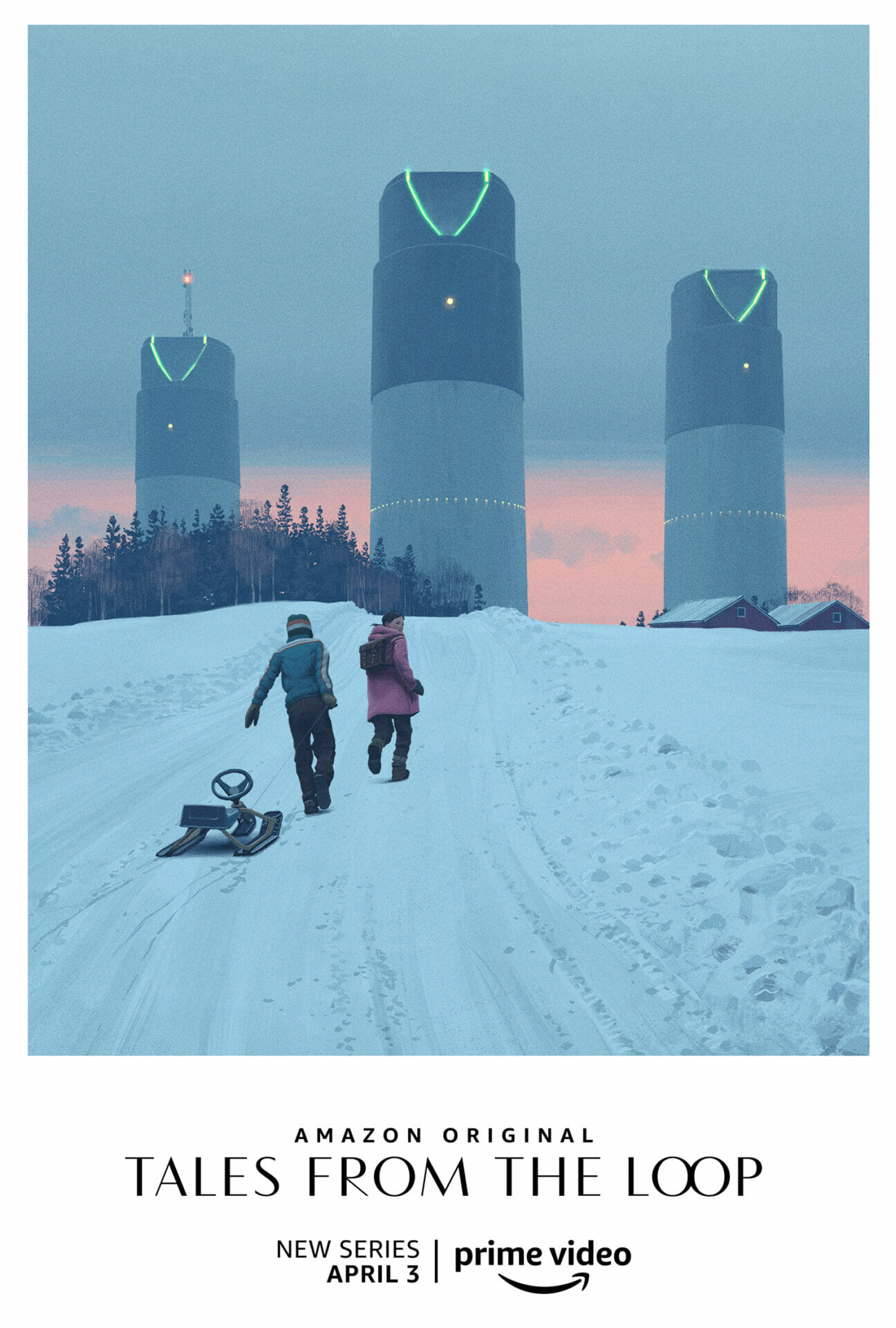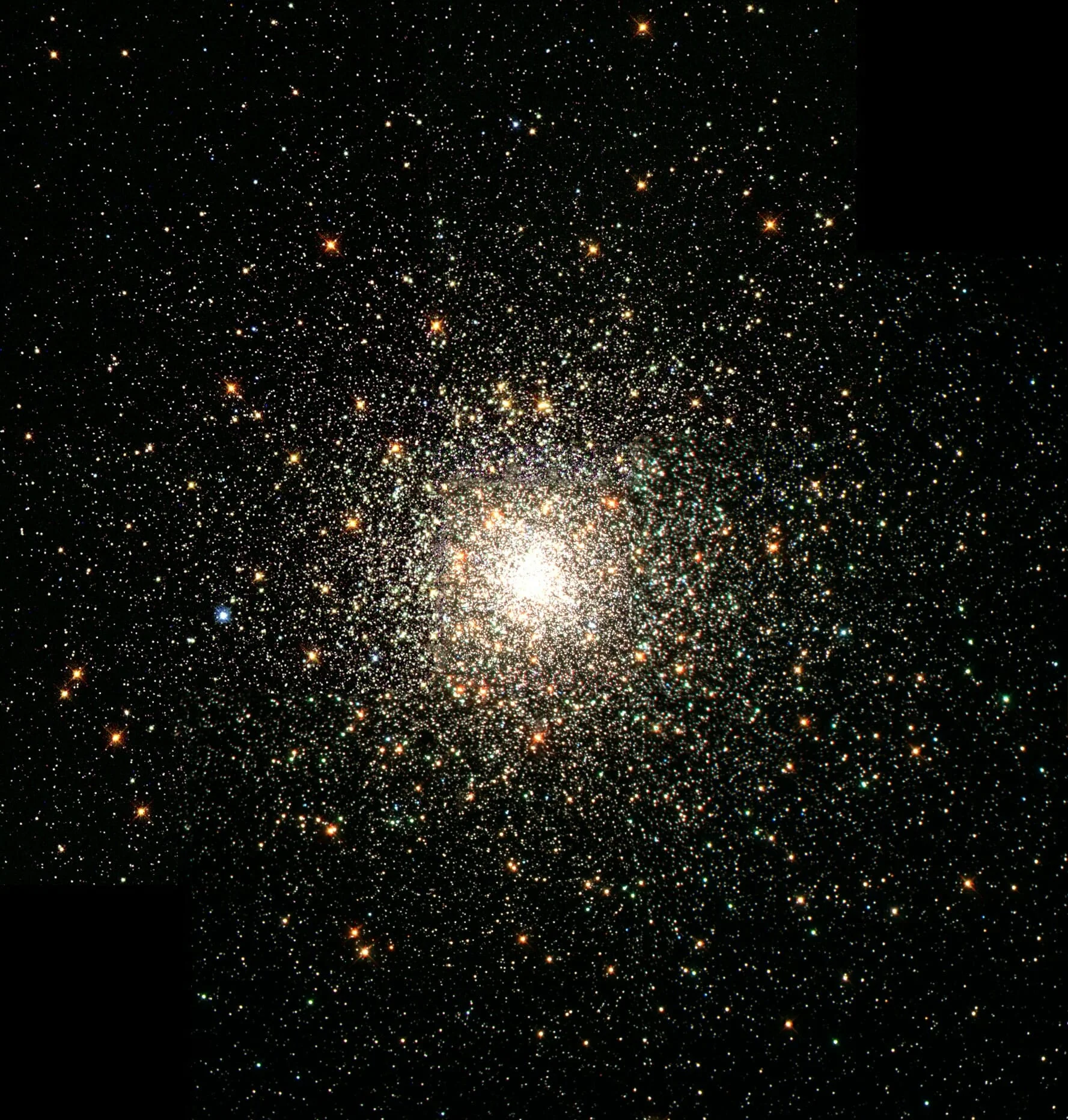
Tales from the Loop | A guide on how to accept Time
Showrunner
Year
Country
Seasons
Runtime
Tales from the Loop is an unusual science-fiction drama. Written by Nathaniel Halpern and released by Amazon Studios, it is based on the art book of the same name by the Swedish artist Simon Stålenhag. The series is an inquiry on how humans use technology to evict time. This tough issue is realized through an immersive exploration of the fictional town of Mercer, Ohio. Underneath the apparently quiet town, there lies its pulsating heart: the Loop, a machine built to unlock and explore the mysteries of the universe. This new technology makes possible things that were previously relegated only to imagination. That’s the only human faculty that seems to elude the strict rules of Time and Space.

Time and change as parts of nature
The story is a loosely interconnected anthology that evolves around Cole (Duncan Joiner), the youngest member of the Loop founder’s family, Russ (Johnathan Price). As with everything that took place in Mercer, even the storyline seems to be affected by the strange radiations of the Loop. More than often, the camera’s point of view leaves its formal protagonist to follow other of Mercer’s citizens: both humans and machines. Time is the only common thread that connects and – simultaneously – separates all the characters. It does not matter if the future, with its bright promises, seems at hand; the Mercers, and their electric alter-egos, still struggle with loss, illness, loneliness, unrequited love, and death. Time seems to coat every creature under a cover of uncertainty that does not spare anyone, human or cyborgs. The Loop can only speed up or slow down its effects, a visual effect of the idea that both time and change are parts of nature.
Looking for the woods
Tales from the Loop’s aesthetic is a powerful combination of postindustrial modernism, with traces of a not-so-remote rural past. All through the eight episodes that form the first season, the viewer gets lost into a world that mixes up the poetic of The National’s songs with Philip K. Dick’s world. The melancholic cassette-punk scenario is punctuated by rare but enchanting natural landscapes, where everything seems to follow a slower and happier pace. This choice suggests that nature, in Mercer, is the key to building a constructive dialogue with the unexplainable stream of time. Through the lens of nature, time’s dynamics are understood as continuous becoming.
In this way, Time is perceived as a flux, the essence of change, and not just as chaotic and dreadful loss. Because of its representation of time, technologies and humanity, Tales from the Loop can be compared to Westworld and Dark. Maybe for its continental poetics, Simon Stålenhag‘s world shares the most with the latter. As a matter of fact, Mercer, as well as Winden – the small fictional German town where Dark‘s stories end and begin – is the playhouse where mankind can face the strange, dangerous but fascinating consequences of messing with the laws of nature. Both the imaginary towns are surrounded by wild woods that observe and question the characters, lost in their existential and temporal struggles.

Nature becomes the setting where humanity and technology can meet. In the intertwining of Space and Time, provided by the natural dimension, Mercer’s citizens can get out of the Loop. Nature becomes the place where humans stop using technology to escape time and, instead, they begin to embrace it. As well as the viewers that – only by abandoning themselves to the wandering times and spaces of Mercer – can truly understand the meaning of Tales from the Loop, and maybe use it as a guide on how to accept time.
Tag






